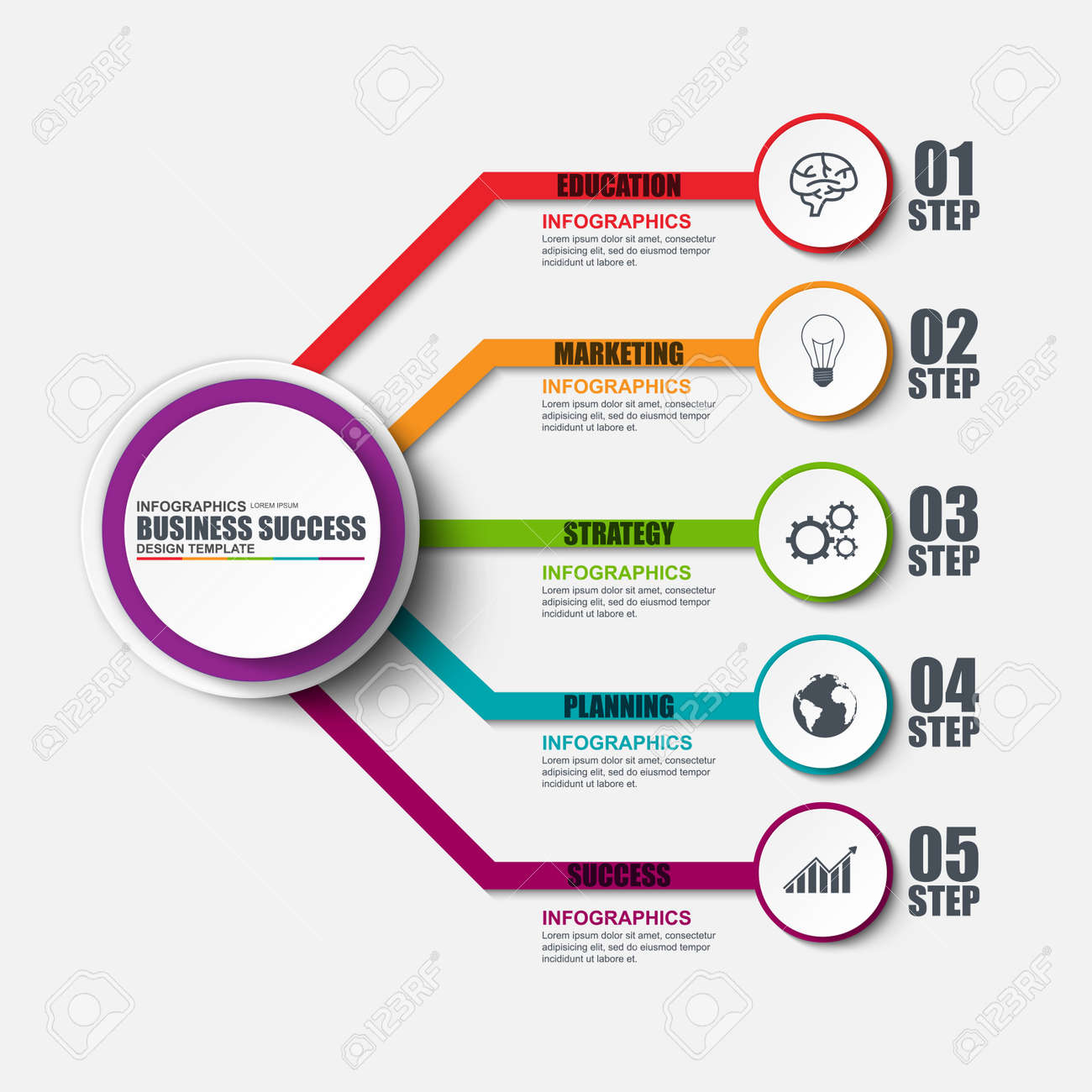Core Principles Of Site Design: Recommendations For Crafting A User-Friendly Online Visibility
Core Principles Of Site Design: Recommendations For Crafting A User-Friendly Online Visibility
Blog Article
Created By-Scarborough Bak
When it pertains to site design, making certain user-friendliness is essential. From receptive style to streamlined navigating, every element plays a vital role in creating a site that satisfies your audience's requirements. However what concerning the better information that can make or break an individual's searching experience? Remain tuned as we reveal some often-overlooked ideas that can boost your site's functionality to the next level, making it genuinely stand out in the digital landscape.
Value of Responsive Design
Receptive layout is a crucial facet of modern-day site advancement. professional website copywriting services is receptive methods that it can adjust to different display sizes and devices, providing a seamless experience for customers.
With the boosting use of smartphones and tablets to access the web, having a receptive design is crucial for getting to a wider audience. It assists in boosting individual experience by making your web site very easy to navigate and read on any type of gadget.
Additionally, responsive layout can favorably impact your online search engine rankings, as online search engine like Google focus on mobile-friendly internet sites. By having a responsive design, you're also future-proofing your internet site, as new gadgets with differing screen dimensions continue to arise.
Simplify Navigating Framework
To improve individual experience and assist in easy access to information on your site, improving the navigating framework is extremely important. When developing your site, focus on producing a clear and instinctive navigating menu that helps visitors locate what they're trying to find swiftly.
Limit the number of food selection items to the basics, grouping relevant web pages with each other to prevent frustrating individuals. Use detailed Learn More Here that clearly indicate the web content of each web page, making it simpler for individuals to understand where each link will certainly take them.
Consider carrying out dropdown food selections for subcategories to stop jumbling the major navigating bar. In addition, include a search bar plainly on the web page for customers who choose searching for specific information.
Prioritize mobile responsiveness in your navigating design to make sure easy accessibility on all gadgets.
Enhance Page Load Rate
Improving web page load rate is critical for retaining visitors on your web site. Slow-loading web pages frustrate individuals and can cause high bounce prices. To enhance page lots rate, beginning by enhancing photos. Press pictures without compromising quality to reduce their data sizes.
Furthermore, enable web browser caching to keep often accessed resources locally, accelerating tons times for returning site visitors. Minify CSS, JavaScript, and HTML documents by removing unneeded personalities, comments, and formatting, boosting load speed.
Take into consideration making use of a material shipment network (CDN) to disperse your web site's content across several servers worldwide, minimizing latency for customers accessing your site from various places. Last but not least, limit making use of third-party manuscripts and plugins, as they can dramatically influence load times.
Final thought
In conclusion, by including responsive style, streamlining navigating, and optimizing web page tons rate, you can develop a straightforward site that appeals to a larger target market and enhances user experience. These essential elements make sure that visitors can easily accessibility and navigate your site across different gadgets, causing enhanced involvement and satisfaction. By focusing on these key elements, you can develop a successful site that maintains customers returning for even more.
